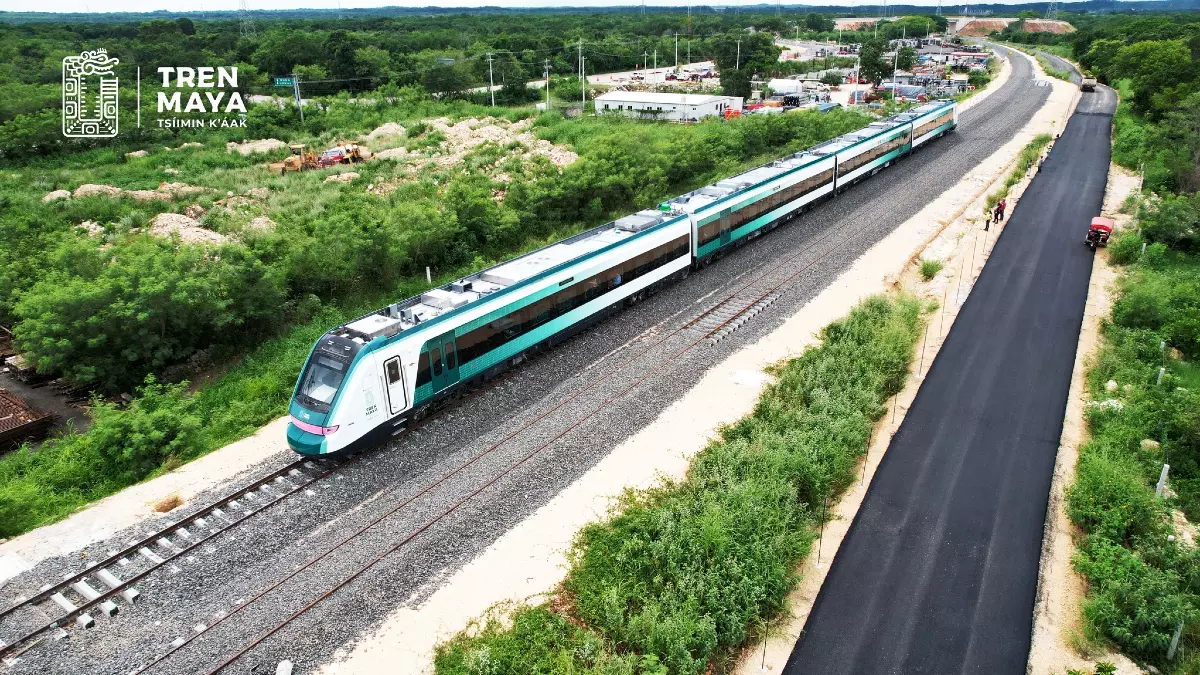Seeking to Leave a Mark
Obrador's Mexico
To reach the millions of Mexicans ignored by the country’s banking system, the administration of President Andrés Manuel López Obrador in March rolled out a pilot version of a mobile digital payment system that anyone may access free of charge. It facilitates the transfer of funds between users and the payment of bills.
The Cobro Digital (CoDi) platform was developed by the Banco de México (Banxico), the country’s central bank, and has been built around QR matrix barcode and NFC contactless technology. Work on the system started in 2016 but was accelerated at the incoming government’s request. CoDi is considered an essential tool for the financial emancipation of less affluent Mexicans who have traditionally been shunned by commercial banks.
CoDi provides for near-instant money transfers. This enables the service to be deployed at points of sale with transactions completed in real-time. Businesses signing on to CoDi benefit as well since no commission is charged on sales and funds are immediately credited to the seller’s account – a vast improvement over credit card transactions which often take 48 hours to settle. CoDi is available to owners of brick-and-mortar stores and online sellers alike.
Though CoDi requires users to open and maintain a bank account, one may be opened online from within the app at any one of the country’s retail banks. The platform is based on open-source technology and developers will be allowed to design and market apps that expand the core system’s functionality.
CoDi is not just part of President Obrador’s push for greater financial inclusion, but also seeks to draw in and regulate parts of the informal economy which, according to the National Institute of Statistics and Geography, may represent up to 25% of Mexico’s GDP and probably employs more than thirty million people, or some 57% of the workforce.
Corralling the Informal Economy
Banxico is particularly keen to start weaning Mexicans off cash to corral at least part of the informal economy. The bank hopes to offer a solid benefits package to small businesses and entice mom-and-pop shops to adopt CoDi. Microbusinesses are often reluctant to accept anything but cash to avoid paying taxes.
Currently only about ten percent of Mexicans use some form of mobile banking. By streamlining the normally cumbersome process of setting up a bank account and offering access to CoDi as a reward for completing that process, Banxico expects millions of people to adopt its mobile platform within a few years.
Amazon has taken note and in March approached the central bank with an offer to support CoDi in its vast online store, adding a QR code to each of the products it sells. Banxico’s head of the payments division confirmed talks with the US e-commerce behemoth. MercadoLibre, and Argentine online retailer, has suggested establishing a link between CoDi and its proprietary instant payment system.
Whilst mobile payment systems are rapidly spreading in China, India, and many other emerging markets, Latin American consumers have been reluctant to let go of their cash. In Mexico, the online shopping volume represents just four percent of total retail sales. Last year, Amazon reached out to unbanked shoppers by offering its own debit card to boost lagging online sales.
CoDi is one of two signature initiatives that the administration of President Obrador has so far adopted to develop and deploy at speed. The administration is now also pushing for a major railroad project that is to unlock access to the Yucatán Peninsula. It is likewise in a hurry to get going.
Yucatán Unlocked
The Mayan Train (Tren Maya) is a proposed 1,500+ kilometre semi-circular route that will connect fifteen cities and tourist destinations from historic sites to swanky resorts and bigger cities around the peninsula. The Mayan Train is to link several relatively isolated track spokes now mainly in use for freight.
The project was initially suggested late last year by then-president-elect Obrador as a way to better integrate this vast area with the rest of the country and provide Mexicans with cheap transport to a region now mostly visited by overseas tourists. Though environmental groups are concerned about the project’s impact on the local nature, the Obrador Administration seems determined to see it through. The necessary funding, an estimated $7.4 billion, has been secured via the National Fund for Tourism Development which will use part of the proceeds of a tax levied on visitors. This is expected to raise up to a quarter of the amount needed with the private sector expected to provide the remainder.
President Obrador, a romantic at heart, envisions a train service that is ‘modern, touristic, and cultural’. The Mayan Train, he promises, will reinvigorate the region, diversify its economy, and bring prosperity to isolated communities. “This train,” he says, “will improve access to a region that is home to some of the world’s most important cultural heritage sites. In fact, nowhere else in the world may such a rich and thriving native culture be found.”
The president has repeatedly pointed out that the project will make use of old rights of way and existent track to contain costs. President Obrador wants work to start later this year so that the first trains may be running before the expiration of his six-year term in office. Private companies will be invited to join the project during construction and to run the trains.
Earlier attempts to expand the railway network in Yucatán ran into trouble over land use issues such as the refusal of long-term leaseholders to move. To secure a right of way along the proposed route, the government will have to negotiate deals with thousands of small farmers who have historic claims to their land and countless Indian communities that have no intention of vacating their ancestral lands. Moreover, the proposed route crosses some thirty sites of archaeological or palaeontological interest that need to be thoroughly investigated and excavated before construction can begin.
Once operational, the Mayan Train is expected to welcome about 8,000 passengers per day aboard. However, to ensure the viability and future profitability of the line, significant freight volumes are also required. According to the government, the construction of the railroad system is to be accompanied by the creation of industrial zones for light manufacturing throughout the region.
Opposition leaders in the national congress have branded the Mayan Train a ‘vanity project’ and proof that the changes promised by President Obrador are but cosmetic in nature. Non-governmental entities such as the Institute for Competitiveness (Instituto Mexicano para la Competitividad) have repeatedly pointed out that no one in government has so far advanced an economic cost-benefit analysis of the project which is being touted as the largest infrastructure undertaking of the new administration after the new airport being built on the outskirts of the capital city was abruptly cancelled by the president over corruption concerns.
For the moment there are no structures in place, or assurances given, that the Mayan Train will not also become a white elephant of sorts or a source of revenue for politicians and others seeking to claim a share of the inevitable spoils. In that sense, the revolution promised by President Obrador is off to a slow and fairly uncertain start. Everything changes to stay the same. Most Mexican hope not, of course, but have so far seen little reason to maintain their optimistic outlook.
Cover photo: Tren Maya unlocking the Yucatán Peninsula.
© 2023 photo by Tren Maya


